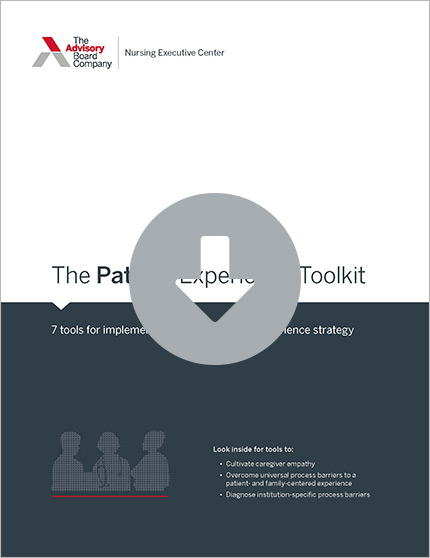Auto logout in seconds.
Continue LogoutWhen patients hear their disease is "treatable," they often think that means it's "containable" or even "curable"—but providers often mean something very different, according to Barbara Coombs Lee, a physician assistant and patient advocate. Writing for WBUR, Coombs Lee explains how health care providers can give patients a clearer understanding of their prognosis.
Infographic: 5 myths physicians believe about patient experience
What does 'treatable' really mean?
Recently, a group of researchers from Stanford University and Children's Hospital of Minnesota ran a study to explore differences in patient and provider understandings of the word "treatable." For their study, published last December in the journal Critical Care Medicine, researchers asked 24 non-physicians and 24 physicians what the word "treatable" meant to them, and they revealed a stark difference in understanding.
The non-physicians viewed the word "treatable" as suggesting that the disease can be cured—or at least contained in a way that it won't negatively affect their life in a serious way, Coombs Lee writes. In fact, even if the doctor shares bad news about the patient's overall prognosis, if the doctor says the disease is "treatable," patients come away with a positive outlook.
But to physicians, the word "treatable" has a very different connotation. They typically use it when they'd rather not call a disease "incurable," Coombs Lee writes. In essence, the word "treatable" means "there is a treatment that can be applied," Coombs Lee writes. It doesn't mean that treatment is likely to be successful or prolong the patient's life.
As such, according to the Critical Care study researchers, "[p]hysician use of the word 'treatable' may lead patients or surrogates to derive unwarranted good news and false encouragement to pursue treatment, even when physicians have explicitly stated information to the contrary."
10 questions providers should be able to answer
But this confusion isn't inevitable—if providers are more conscientious about what they say, according to Coombs Lee.
Coombs Lee writes that doctors can avoid the confusion simply by being candid with their patients. "My own experience and numerous studies suggest most patients and their loved ones prefer candor from their doctors over vague terms that lead to false hope," Coombs Lee writes. "People would like to make plans and treatment decisions knowing the realistic benefits, burdens, and full risks of any course of treatment."
Still, Coombs Lee acknowledges that doctors aren't likely to abandon the word "treatable." As such, she suggests that patients ask their doctors 10 questions when they hear their condition is "treatable":
- What is the goal of the treatment?
- How often does the treatment work for patients in this situation?
- If the treatment's goal is to prolong life, what is the anticipated increase in life expectancy, in months or years?
- What are the risks or side effects of the treatment and how often do they occur?
- How will this treatment affect the patient's quality of life?
- Is there a chance the treatment will make the condition worse?
- Are there any alternative treatment options?
- Are there any options beyond those mentioned by the provider?
- If the patient declines treatment, what will happen?
- Without treatment, what is the patient's life expectancy? (Coombs Lee, WBUR, 2/11).
Feb. 19 webcon: How to win physician buy-in for your patient experience efforts
Join us on Tuesday, Feb. 19 to learn about physicians’ unique role as the "influencer-in-chief" of patient experience and how you can partner with physicians to drive patient experience initiatives.
Don't miss out on the latest Advisory Board insights
Create your free account to access 1 resource, including the latest research and webinars.
Want access without creating an account?
You have 1 free members-only resource remaining this month.
1 free members-only resources remaining
1 free members-only resources remaining
You've reached your limit of free insights
Become a member to access all of Advisory Board's resources, events, and experts
Never miss out on the latest innovative health care content tailored to you.
Benefits include:
You've reached your limit of free insights
Become a member to access all of Advisory Board's resources, events, and experts
Never miss out on the latest innovative health care content tailored to you.
Benefits include:
This content is available through your Curated Research partnership with Advisory Board. Click on ‘view this resource’ to read the full piece
Email ask@advisory.com to learn more
Click on ‘Become a Member’ to learn about the benefits of a Full-Access partnership with Advisory Board
Never miss out on the latest innovative health care content tailored to you.
Benefits Include:
This is for members only. Learn more.
Click on ‘Become a Member’ to learn about the benefits of a Full-Access partnership with Advisory Board
Never miss out on the latest innovative health care content tailored to you.

